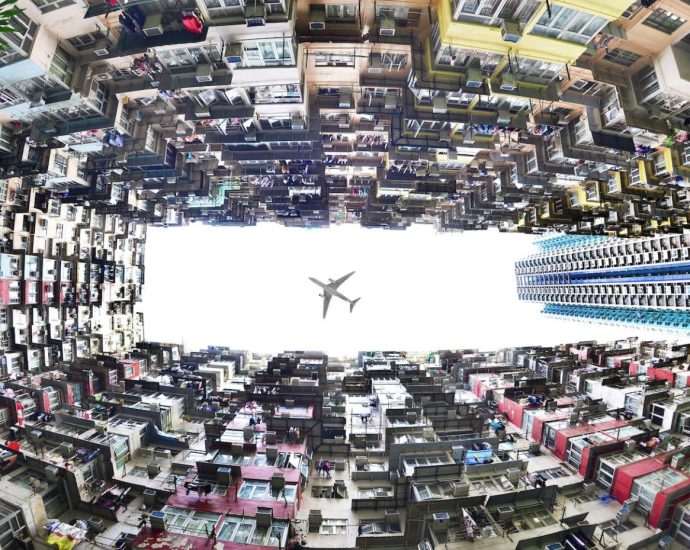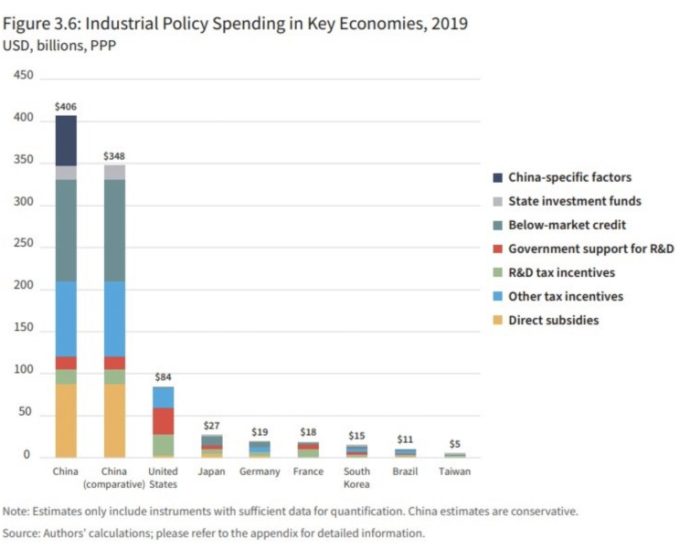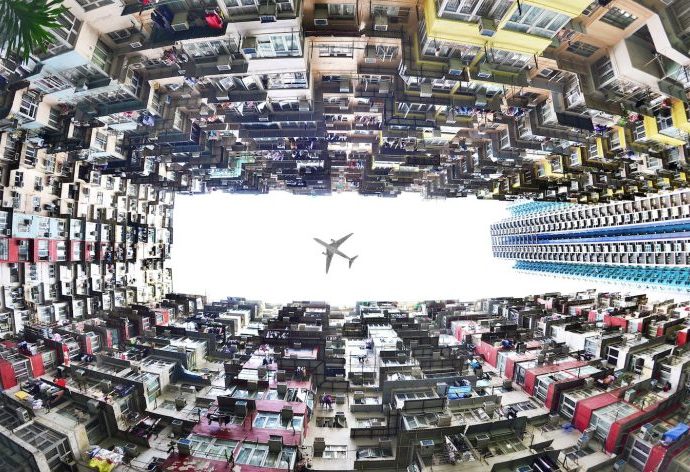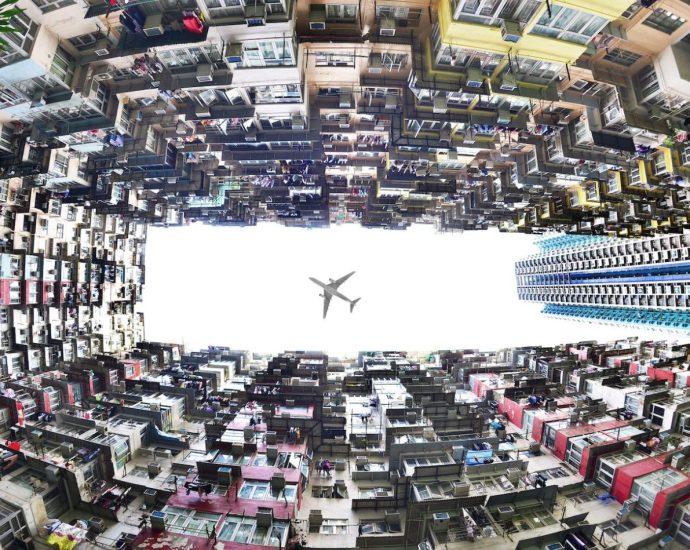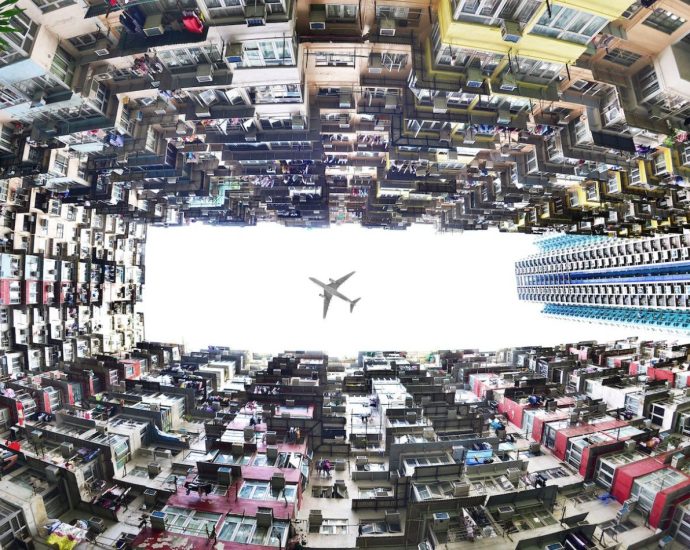Philippines says China should allow scrutiny of disputed shoal
After China accused Beijing of destroying the shoal’s aquatic setting, the Philippines launched a protest against China on May 20. National Security Spokesperson Jonathan Malaya stated at a press conference that” we are alarmed and worried about the situation that is happening there.” Malaya claimed that there was now growingContinue Reading


